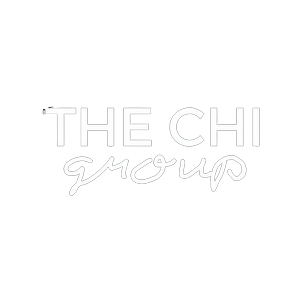LUX Brands and Millennial Customers
It’s interesting to watch as brands embrace all the different generations from Millennials to Generation Alpha. As their consumer base changes and grows, so too do the brands. This also applies to the luxury industry, the highly coveted brands that create an experience unparallel to what everyday consumers know. Long ago when it came to luxury it was all about exclusivity and high-end craftsmanship filled with deep-rooted brand history.
Today that’s not enough to impress the millennials not to mention the Gen Z’s. According to Diane Primo, Intralink Global’s CEO, “To win with millennial consumers, brands need to understand what they value.” Forbes also reported that millennials aren’t just the most powerful consumers; “millennials and Generation Z account for nearly 50% of Gucci’s total sales.”
So what’s happening in the luxury world that is reshaping how consumers especially millennials and Gen Z are consuming these products?
1. Fashion LUX meets Streetwear
This has been a trending concept for the last 3 years where brands are rethinking their offering alongside their distribution channels. Many fashion brands have been doing cross-collabos to help drive sales.
Louis Vuitton partnered with Supreme, two of the largest LUX brands co-branding their products to reach millennials. This strategy is not only prevalent with LUX brands but it seems like fast-fashion giant H&M had also taken on this idea by partnering with big-name streetwear designers. The global sneaker brand VANS even partnered up with the late Karl Lagerfield.
2. Marketing Strategy Is a Must
In order to drive sales for LUX brands, it’s not enough to have a great product but millennials are expecting to see:
Strong web presence
Digital online ads
An inspiring narrative behind the brand
3. Personalized The Experience
Customers want to feel important so it’s not only imperative to personalize their experiences in-store but also online. A great example is Rebecca Minkoff’s website which updates its currencies automatically in 100 countries and 70 currencies by using IP geolocation.

